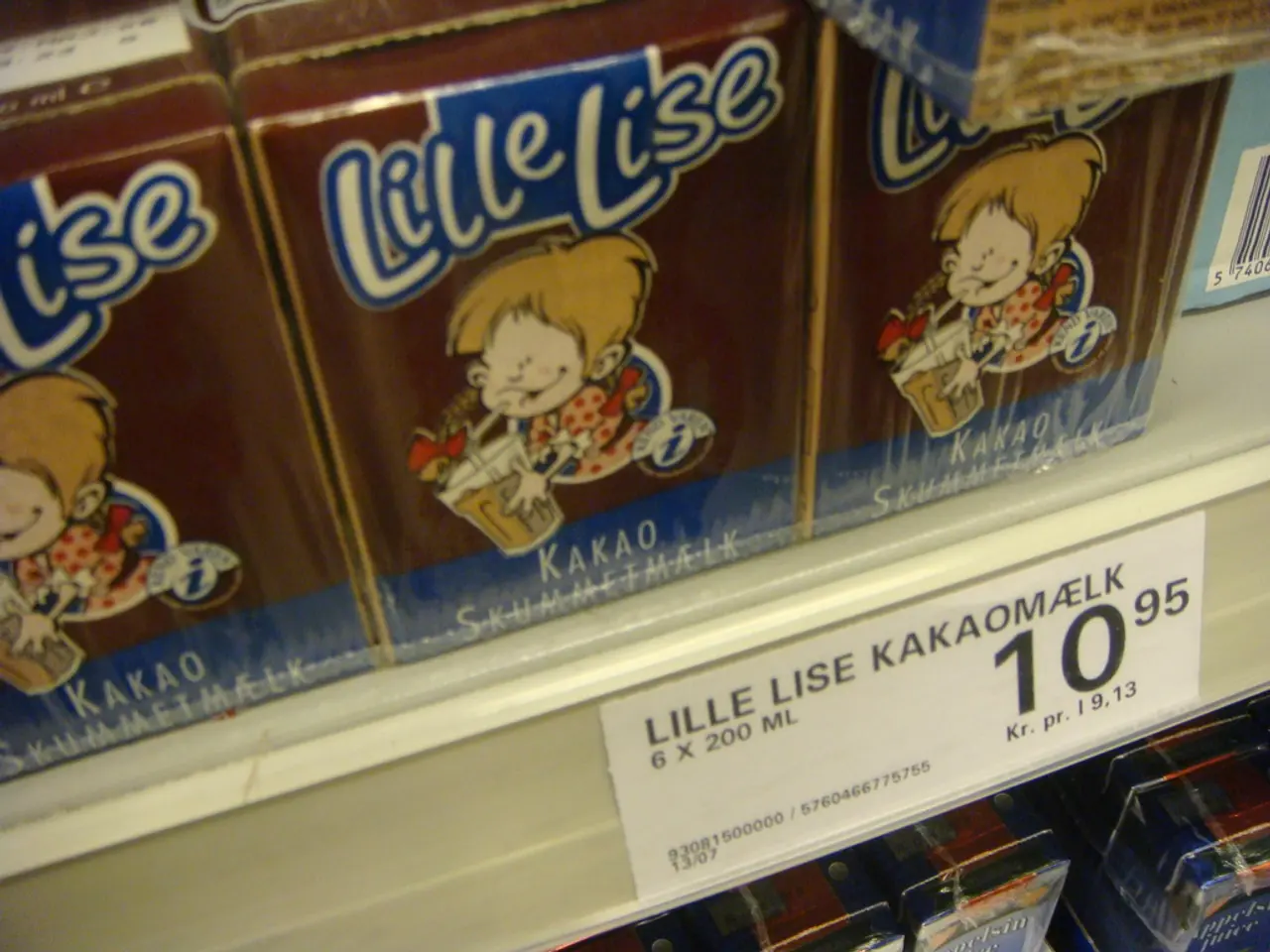Oat-based snack industry projected to reach a value of 35.6 billion dollars by 2034.
The global oat-based snacks market is experiencing a significant surge, driven by consumer shifts towards healthier, convenient options and the nutritional benefits of oats. This market, projected to reach USD 35.6 billion by 2034, is growing at a CAGR of 4.6% from 2025 to 2034.
One of the key regions driving this growth is Europe, which accounted for 45.9% of the global oat-based snacks market in 2024, generating approximately USD 10.4 billion in revenue. Snack bars held a dominant market position, capturing more than a 38.2% share of the global oat-based snacks market in 2024.
Businesses are capitalizing on this trend, with companies like Britannia Industries introducing oat-based cookies and granola bars in India under its NutriChoice brand. General Mills expanded its Nature Valley oat bars, launching new flavors like dark chocolate and almond, while Kellogg's RXBAR launched oat-based protein bars, blending oats with egg whites for high protein. Kellogg's also reformulated Kashi oat snacks with simpler ingredients, responding to clean-label demand.
The organic oats segment, valued at approximately USD 317.7 million in 2025 and expected to grow at a CAGR of 6.2% to USD 579.8 million by 2035, reflects a shift towards sustainable, pesticide-free products with nutritional appeal. The gluten-free oat market also shows robust growth, fueled by a rise in celiac disease awareness and gluten sensitivities.
Convenient snacking trends, especially for busy lifestyles, drive demand for oat-based snacks in formats like biscuits and crackers. Online retail platforms further expand market reach and consumer access. However, challenges persist, such as volatile raw material costs and production complexities related to allergen control, particularly preventing gluten contamination in oat products labeled gluten-free.
Businesses must also address the need for continual product innovation and clean-label transparency to meet evolving consumer expectations. For instance, Abbott has expanded its nutrition portfolio with oat-based snack bars under its Glucerna brand, targeting diabetics. Bobo's launched stuffed oat bars with nut butter fillings and expanded distribution to major retailers like Walmart and Kroger.
The U.S. Bureau of Labor Statistics reports the Producer Price Index (PPI) for oats at 232.8 in May 2025, reflecting tight supplies and rising production costs passed on to snack manufacturers. Global oat supplies remain constrained, with Canadian oat ending stocks at a near-record low for the 2024-25 season, intensifying price pressures.
In conclusion, the oat-based snacks market offers strong growth potential through health-driven trends and innovative, sustainable product development. However, strategic management of supply chain, quality control, and consumer engagement is crucial to succeed in this dynamic market.
- The science behind oats' nutritional benefits is driving consumer interest in health-and-wellness products, leading to a surge in the global oat-based snacks market.
- Fitness-and-exercise enthusiasts seeking convenient, high-protein snacks are fueling demand for oat-based protein bars, as evidenced by Kellogg's RXBAR and Abbott's Glucerna brand expansions.
- In the lifestyle category, consumers are gravitating towards healthy-cooking options, as companies like Bobo's innovate with stuffed oat bars featuring nut butter fillings.
- Food-and-drink producers must navigate food safety issues, such as ensuring gluten-free oats and preventing allergens, while maintaining transparency about ingredients to meet consumer demands for clean-label products.




